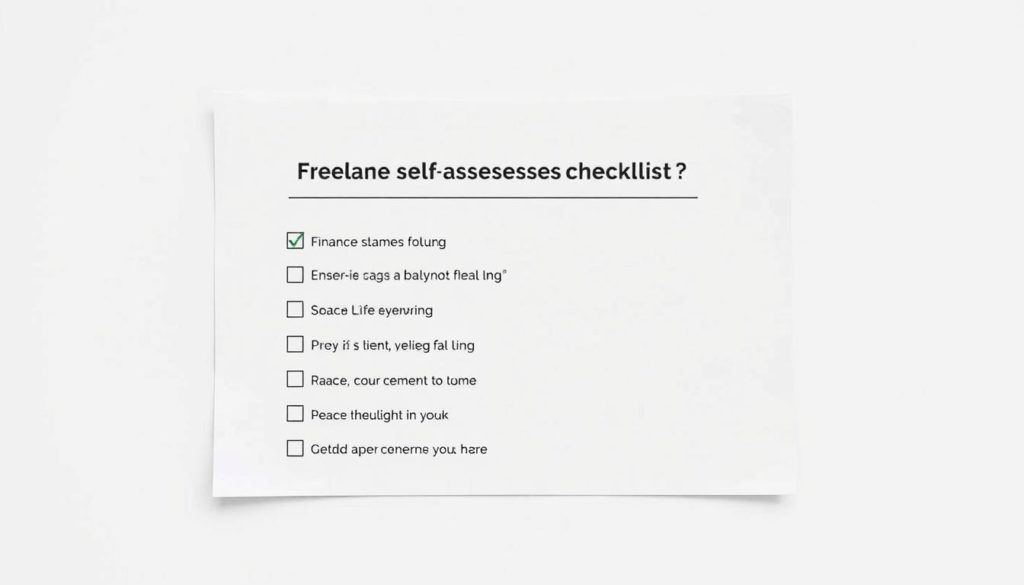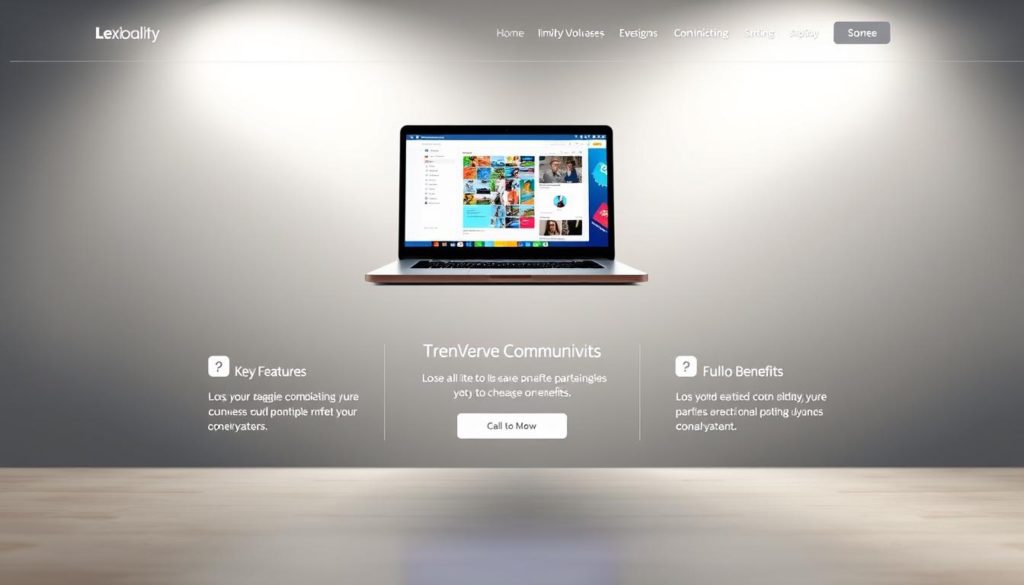
What if you could turn your technical skills into a thriving business without being tied to an office? The digital economy is reshaping how professionals work, and those who adapt are discovering unprecedented freedom in choosing projects, setting rates, and designing their ideal lifestyle.
Over 800 million websites rely on content management systems, with 43% powered by a single platform. This demand creates endless opportunities for skilled individuals to build sustainable careers. Since 2020, freelancing has evolved from a side gig to a primary income source for millions.
Success requires more than coding expertise. Client management, pricing strategies, and self-discipline determine long-term growth. The best part? You only need a computer, internet access, and the drive to create something meaningful.
Key Takeaways
- WordPress powers 43% of all websites, creating massive demand for specialized skills
- Freelancing now offers full-time income potential with no upfront costs
- Business strategy matters as much as technical ability for lasting success
- Global client access eliminates geographical limitations
- Effective workflow systems solve common challenges like project management
Understanding the World of WordPress Freelancers
The digital economy has transformed how skilled professionals build careers. With over 800 million websites relying on content management systems, specialized technical expertise now holds remarkable value. This shift has created a thriving ecosystem where adaptable workers shape their own success.
Breaking Ground in the CMS Landscape
Between 2011 and 2022, demand for website management solutions surged by 227%. Open-source platforms fuel this growth, enabling endless customization through 50,000+ plugins and 30,000 themes. Maintenance services prove particularly valuable – nearly half of all sites run outdated software.
American Market Advantages
U.S. businesses increasingly seek experts who can optimize digital operations. Three factors drive this demand:
- Premium rates for quality technical support
- Diverse industry needs from blogs to enterprise stores
- Ongoing security updates for compliance
This environment allows specialists to command $75-$150/hour while solving critical business challenges. The key lies in positioning services as essential infrastructure rather than optional upgrades.
Getting Started: Is Freelancing Right for You?
Transitioning to self-employment requires more than technical expertise—it demands honest self-reflection. Nearly 60% of new independent workers underestimate the business management aspects of their work, according to recent labor surveys. This gap often determines who thrives versus those who return to traditional employment within 18 months.

Self-Assessment and Skill Evaluation
Start by evaluating three core areas: discipline levels, risk tolerance, and problem-solving agility. Can you maintain productivity when Netflix beckons? Will irregular paychecks cause sleepless nights? Successful practitioners often share these traits:
- Self-directed learning habits
- Boundary-setting with clients
- Adaptability in shifting markets
Weighing the Rewards and Challenges
Independence lets you choose projects that align with your values, but requires juggling multiple roles. While 78% of freelancers report higher job satisfaction, 63% face cash flow issues during slow periods. Consider these contrasts:
- Unlimited income potential vs. no employer-sponsored benefits
- Flexible hours vs. round-the-clock client demands
- Creative control vs. sole responsibility for outcomes
Mastering business skills like contract negotiation becomes as crucial as technical abilities. Regular networking through professional communities helps combat isolation while opening doors to premium clients.
Developing a Successful Freelance Mindset
Thriving in independent work demands rewiring your approach to daily operations. Unlike traditional employment, success hinges on balancing technical prowess with entrepreneurial instincts. One study reveals 42% of self-employed professionals credit their longevity to strategic business practices over raw talent alone.
Embracing Flexibility and Resilience
Adaptability separates temporary gig workers from established professionals. Market shifts and client demands require rapid adjustments—what worked yesterday might fail tomorrow. As digital strategist Mara Brenner notes:
“The difference between struggle and success often comes down to how you handle Plan B when Plan A explodes.”
Effective practitioners structure their workflow around three pillars:
| Aspect | Employee | Freelancer |
|---|---|---|
| Project Selection | Assigned | Curated |
| Income Stability | Guaranteed | Self-Generated |
| Skill Development | Optional | Mandatory |
| Work Hours | Fixed | Fluid |
Time management proves critical without corporate structure. Top performers use techniques like:
- Time-blocking for client projects
- Automated invoicing systems
- Quarterly skill audits
Client acquisition requires reframing outreach as relationship-building. Successful proposals often emphasize specific outcomes rather than technical processes. Regular upskilling ensures you remain the obvious choice when opportunities arise.
Building Your Personal Brand as a WordPress Freelancer
A strong personal brand turns anonymous developers into sought-after experts. It answers one critical question: Why should clients choose you over countless others? Your brand combines visual identity, proven results, and strategic communication.

Crafting Your Unique Value Proposition
Your UVP should cut through noise like a laser. Avoid generic statements like “quality service.” Instead, focus on specific outcomes you deliver. Compare these approaches:
| Generic Offering | Strong UVP |
|---|---|
| WordPress website builder | Converts abandoned carts into sales within 30 days |
| Theme customization | Specialist in ADA-compliant designs for healthcare clients |
| Plugin installation | Security-first solutions for financial service providers |
Notice how the right column targets specific client needs. This clarity attracts ideal customers while filtering mismatched requests.
Showcasing Your Portfolio and Client Success
Potential clients want proof, not promises. Feature 3-5 detailed case studies with measurable results. Instead of “Improved website speed,” show “Reduced load time by 2.1 seconds, increasing conversions 18%.”
Include testimonials that highlight your process. One client might note: “They uncovered security vulnerabilities our team missed.” This demonstrates expertise beyond basic coding skills.
Your own website acts as a living portfolio. Optimize its performance metrics—if your site scores 95+ on PageSpeed Insights, display that badge prominently. Regular blog posts about industry trends reinforce your authority while improving search rankings.
Optimizing Your Website and Content Management
Your online presence serves as your digital storefront—but does it convert casual visitors into paying clients? A high-performing site acts as both portfolio and sales engine, requiring strategic content management to maximize impact.

- Loading speed under 2 seconds with optimized images
- Mobile-first layouts that adapt to any screen
- SSL certificates and regular security scans
Creating a Conversion-Focused Site
Visitors decide within 3 seconds whether to stay or leave. Place contact forms in high-visibility areas like headers and project case studies. One developer increased inquiries 40% by adding a floating CTA button.
Regular blog posts about content management strategies demonstrate expertise while improving search rankings. Include measurable results in case studies: “Reduced page load time by 1.8 seconds, boosting organic traffic 22%.”
Organize services into clear categories with intuitive navigation. Professional screenshots paired with performance metrics build credibility faster than text-heavy descriptions. Remember: your site’s structure previews how you’ll handle client projects.
Essential WordPress Skills to Master for Freelancing Success
Mastering platform-specific expertise separates competent developers from high-value professionals. The digital landscape rewards those who combine creative problem-solving with deep technical knowledge. Specialized abilities in design modification and component integration remain critical for delivering client solutions.
Design Architecture and Modification Methods
Customizing visual frameworks requires understanding template structures and styling principles. Professionals need code proficiency in PHP and CSS to transform generic layouts into unique brand experiences. Modern workflows demand adaptation to both traditional page builders and evolving block-based systems.
Component Compatibility and Conflict Resolution
Integrating third-party extensions forms the backbone of functional websites. Developers must anticipate how plugins interact across updates while maintaining site performance. Effective troubleshooting combines version control practices with systematic debugging techniques.
Advanced practitioners leverage platform hooks to modify functionality without compromising core updates. Database optimization skills prove equally vital when addressing speed issues or migrating complex projects. These capabilities ensure reliable solutions that withstand evolving technical requirements.
Finding Your Niche as a WordPress Freelancer
Carving out a specialized service area transforms technical skills into premium offerings. While generalists compete on price, niche experts solve specific problems that clients value enough to pay premium rates. This strategic focus builds authority and streamlines marketing efforts.
Identifying Specialized Services
High-demand niches combine technical complexity with measurable business impact. Custom plugin development, for example, addresses unique functionality needs that off-the-shelf solutions can’t match. Security specialists protect sensitive data, while speed optimization experts directly influence search rankings and conversions.
Eugenia Cosinschi’s career illustrates this principle. By focusing solely on theme customization, she completed 500+ projects on Codeable. Her portfolio now attracts clients seeking pixel-perfect designs rather than basic template adjustments.
Emerging opportunities include accessibility compliance and headless CMS configurations. These services cater to growing legal requirements and modern web architecture trends. When choosing your focus, balance personal interest with market demand—passion sustains effort, while viability ensures profitability.
Specialists often command 30-50% higher rates than generalists. This premium reflects the perceived value of solving critical, narrowly-defined challenges. As one e-commerce developer notes:
“Businesses don’t hire experts to build websites—they hire us to fix problems that cost them money.”
Setting Up Your Business and Legal Structure
Building a sustainable career requires more than talent—it demands a solid legal and financial foundation. Your business structure impacts liability, taxes, and client perceptions. Smart choices here protect your assets while creating growth opportunities.
Entity Selection Essentials
Two primary structures suit independent professionals. Sole proprietorship uses your personal name for operations but offers zero liability protection. LLC formation creates a legal shield between business debts and personal assets.
| Factor | Sole Proprietorship | LLC |
|---|---|---|
| Setup Cost | $0-$100 | $50-$500+ |
| Liability Protection | None | Full separation |
| Tax Flexibility | Personal income only | Choose corporate/personal |
| Client Perception | Informal | Professional |
Financial Safeguards and Compliance
Separate business banking accounts simplify tracking income and expenses. This system prevents mixing personal funds with client payments—a critical part of tax preparation.
Insurance types address different risks. Professional liability coverage handles coding errors, while general policies protect against accidents. One developer avoided $23,000 in legal fees thanks to proper coverage.
Tax strategies preserve more money for growth. Quarterly payments prevent year-end surprises. Deductible expenses include software subscriptions and home office costs. As accountant Lila Torres advises:
“Treat your practice like a corporation from day one—it builds habits that scale with success.”
Contracts establish clear expectations with clients. Custom templates save time while protecting both parties. Registration documents enhance credibility, often becoming required for high-value projects.
Pricing Your Services and Creating a Billing Strategy
Determining how to charge for your expertise impacts both profitability and client relationships. Technical professionals often struggle with pricing models that reflect their true value while remaining competitive. A well-designed billing approach becomes your silent business partner.
Deciding Between Hourly Rates and Fixed Project Fees
Hourly rates work best for unpredictable tasks like troubleshooting. They ensure payment for every worked minute. However, clients may question why simple fixes take longer than expected.
Fixed fees create budget certainty for both parties. This model rewards efficiency – complete projects faster, keep more profit. But scope creep can erode margins without clear agreements.
Many experts blend both approaches. Charge hourly for discovery phases, then switch to fixed pricing for defined deliverables. Always base rates on client outcomes rather than time spent. A value-based approach positions your work as strategic investments, not commodity services.
Review pricing quarterly using market data and client feedback. Adjustments maintain alignment with evolving skills and demand. Confident pricing decisions stem from understanding your unique worth in solving critical business problems.
